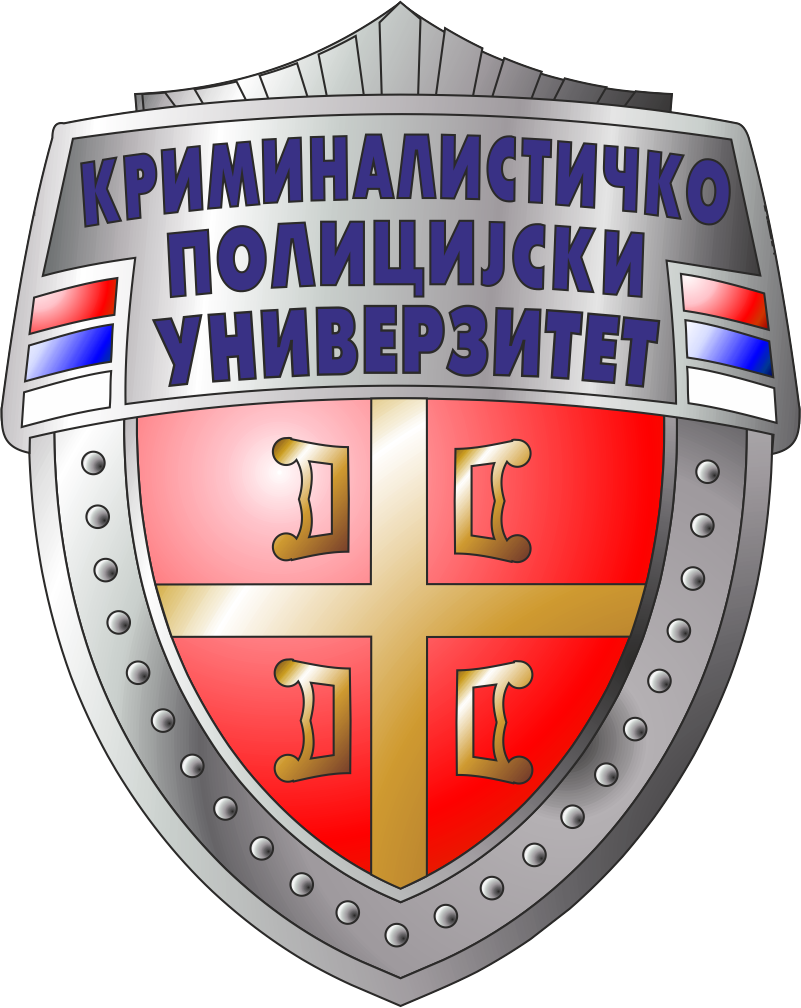Приказ основних података о документу
The Design of the Personal Enemy - MIMLeBot as an Intelligent Agent in a Game-based Learning Environment
| dc.creator | Kuk, Kristijan | |
| dc.creator | Milentijević, Ivan Z. | |
| dc.creator | Ranđelović, Dragan | |
| dc.creator | Popović, Brankica | |
| dc.creator | Čisar, Petar | |
| dc.date.accessioned | 2019-03-21T16:09:34Z | |
| dc.date.available | 2019-03-21T16:09:34Z | |
| dc.date.issued | 2017 | |
| dc.identifier.issn | 1785-8860 | |
| dc.identifier.uri | http://jakov.kpu.edu.rs/handle/123456789/756 | |
| dc.description.abstract | A bot is one of the main elements of all computer video games, frequently used for the creation of various opponent characters within a game. Opponent modeling is the problem of predicting the agent actions in a gaming environment. This paper proposes and describes the implementation of a bot as a personal opponent in a small educational game. In order to increase the efficiency when using such a small educational application/module, artificial intelligence was added in the form of a bot competing with the students. Pedagogical elements of the intelligent learning system are introduced through the pedagogical model and the student model. This paper demonstrates the use of the student model to present the player model built by the experience of a human teacher, with true/false questions incorporated with the bot strategy into the opponent model. The authors use the Monte Carlo approach in this implementation, known as artificial intelligence technique and a best-first search method used in most video games, but to the best of their knowledge, it has not been used for prediction in educational games based on bot strategy. The results highlight that the Monte Carlo approach presented via the BFTree classifier provides the best classification accuracy compared with other predictive models based on data mining classifiers. It was shown that the training data from the human player can help in creating a bot strategy for a personalized game-based learning system. The Help option can be used for the assessment of the students' current knowledge by counting the number of Help option accesses, the player relies on Help as a 'source of knowledge' needed to complete the game task successfully. The obtained results show that the bot (personal opponent) stimulated players to replay the game multiple times, which may contribute to the increase of the students' knowledge. | en |
| dc.publisher | Budapest Tech, Budapest | |
| dc.relation | info:eu-repo/grantAgreement/MESTD/Integrated and Interdisciplinary Research (IIR or III)/47016/RS// | |
| dc.rights | restrictedAccess | |
| dc.source | Acta polytechnica hungarica | |
| dc.subject | knowledge personalization and customization | en |
| dc.subject | educational games | en |
| dc.subject | intelligent tutoring systems | en |
| dc.subject | personalized e-learning | en |
| dc.title | The Design of the Personal Enemy - MIMLeBot as an Intelligent Agent in a Game-based Learning Environment | en |
| dc.type | article | |
| dc.rights.license | ARR | |
| dcterms.abstract | Милентијевић, Иван З.; Ранђеловић, Драган; Поповић, Бранкица; Чисар, Петар; Кук, Кристијан; | |
| dc.citation.volume | 14 | |
| dc.citation.issue | 4 | |
| dc.citation.spage | 121 | |
| dc.citation.epage | 139 | |
| dc.citation.other | 14(4): 121-139 | |
| dc.citation.rank | M23 | |
| dc.identifier.doi | 10.12700/APH.14.4.2017.4.7 | |
| dc.identifier.scopus | 2-s2.0-85042308647 | |
| dc.identifier.wos | 000418178100007 | |
| dc.type.version | publishedVersion |


